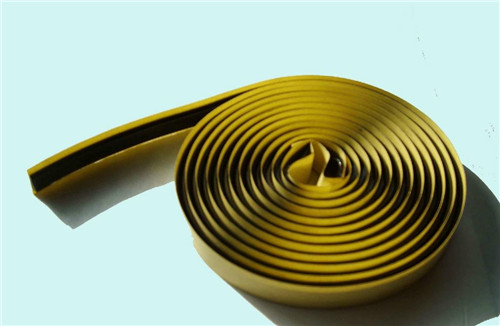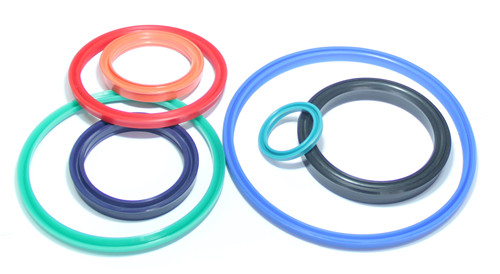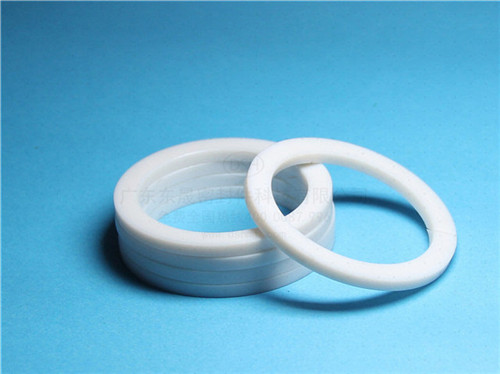Sealing material is a very common material in the decoration process, it can be used to fill the door and window frames in the house, the filling of the glass perimeter and other structural joints or joints, cracks, with airtight and watertight effects. Next Xiaobian will introduce the relevant knowledge of sealing materials for everyone! What are the sealing materials Sealing materials can be divided into styling seal materials and amorphous seal materials . 1. Unshaped sealing material Plastic sealing paste, which is mainly made of coal tar and modified asphalt, has a certain degree of durability and elasto-plasticity, cheap and affordable, but lacks certain extensibility and elasticity. Elasto-plastic sealant, which is mainly made of various plastic ointment and vinyl rubber cement. Compared with plastic sealant, it has strong extensibility and adhesion, but its elasticity is still weak. Elastic sealing paste, which is made of polysulfide rubber, silicone rubber, neoprene, polyurethane and acrylic naphthalene and other materials, durable. 2. Shaped sealing material refers to the cross-sectional shape of the sealing material in the form of mats, strips, strips, etc. according to different engineering requirements. It can be used to specially treat cracks in underground structures and buildings to achieve waterproofing and water stopping. Commonly used seals of this type are mainly seals and waterstops. Eight requirements for the use of sealing materials 1. If the sealed working medium is a liquid, the compatibility of the material and the liquid must be considered. If they are incompatible, the liquid will shrink and swell, and failure will occur easily. If the working medium is gas, the compatibility of the material with grease and lubricant should be considered. 2. The sealing material has corresponding requirements for abrasion and friction. It is necessary to select the sealing material according to the moving speed and stroke so as to prolong the service life of the sealing material. Therefore, special attention must be paid to the friction factor and dynamic and static friction factors of the sealing material. difference. 3. Different structural types, its sealing working principle is not the same, have different requirements on the strength, deformation rate and elasticity and other mechanical properties of the sealing material. 4. Different sealing materials also have various differences in the applicable temperature range, so the working temperature of the sealing member must be closely controlled and controlled according to the range of the working temperature of the material. 5. The pressure resistance capability of the sealing material must be compatible with the surrounding working pressure and can be maintained within a certain range. 6. Work environment If dust is generated, it will cause wear on the material and reduce its service life. Therefore, it is required to select a sealing material with high abrasion resistance. 7. In the working environment of vibration and impact conditions, it is required to use elasticity and high-strength sealing material so as to compensate for the insufficient contact stress caused by vibration. 8. The assembly process of the seal requires that the seal material should be selected and used with reference to the assembly properties of the seal. Xiao Bian concludes: Through the introduction of the relevant knowledge of seal materials in the above Xiao Bian, do you have a better understanding of it? Hope that friends who are interested in this area can help. Want to know or consult more related information? Then come and follow this site! Zhejiang Changxing Senda Bamboo & Wood Products Co.,Ltd , https://www.sendaflooring.com




What are the eight requirements for sealing materials for sealing materials?
